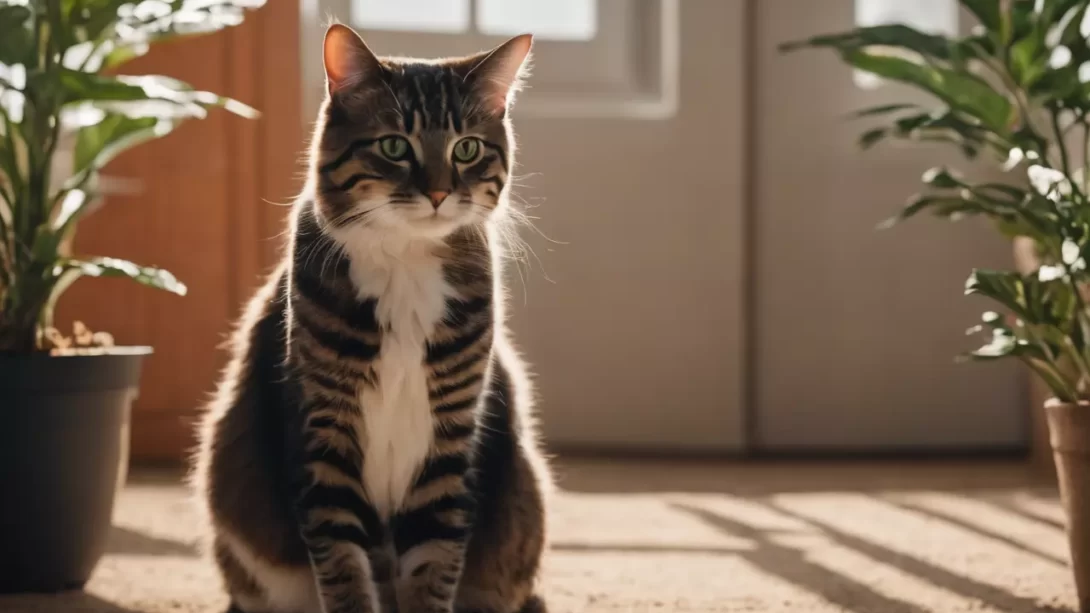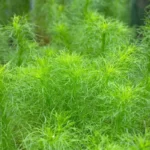The Chinese Evergreen, a popular houseplant known for its attractive foliage and low-maintenance care, is a common choice for indoor gardens. However, for cat owners, there’s an important consideration to be aware of: the potential toxicity of this plant to their feline companions. Understanding the risks and how to mitigate them is crucial for ensuring the safety of pets.
Chinese Evergreen
Chinese Evergreen, scientifically known as Aglaonema, is a genus of flowering plants in the arum family. They are prized for their variegated leaves and ability to thrive in low-light conditions, making them ideal for indoor environments. Common varieties include Aglaonema modestum, Aglaonema nitidum, and various hybrid forms, each with distinct leaf patterns and colors.
Toxicity of Chinese Evergreen to Cats
Chinese Evergreen plants are indeed toxic to cats. This toxicity is due to certain compounds in the plant, primarily calcium oxalate crystals. These needle-shaped crystals can cause irritation and injury to a cat’s mouth, throat, and stomach upon ingestion. The severity of the reaction can vary depending on the amount of plant material ingested and the individual cat’s sensitivity.
While Chinese Evergreens are not the most toxic plants to cats, they can still pose a significant health risk. If a cat chews or ingests any part of the plant, the immediate effects are typically localized irritation. However, in more severe cases, ingestion can lead to more serious symptoms and require veterinary attention.
Symptoms of Poisoning in Cats
If a cat ingests Chinese Evergreen, several symptoms may occur, primarily due to the irritation caused by calcium oxalate crystals. These symptoms include:
- Oral Irritation: Swelling of the mouth, tongue, and lips is common. The cat may appear to have difficulty swallowing or may drool excessively.
- Gastrointestinal Distress: Vomiting or diarrhea can occur if the stomach or intestines are irritated. This is often a secondary reaction to oral discomfort.
- Pawing at the Mouth: Cats may paw at their mouths or shake their heads due to the irritation.
- Decreased Appetite: Due to mouth discomfort, a cat may show a reduced interest in food or refuse to eat altogether.
- Lethargy: In some cases, cats may exhibit signs of fatigue or general weakness, especially if they have vomited multiple times.
It’s important to note that the severity of symptoms can vary. Some cats may experience mild discomfort, while others may have more severe reactions.
First Aid and Treatment
If you suspect that your cat has ingested Chinese Evergreen:
- Remove Plant Material: Gently remove any plant pieces from your cat’s mouth if possible.
- Rinse Mouth: If your cat allows, lightly rinse its mouth with water to help remove some of the irritants.
- Observe Your Cat: Watch for the development of any symptoms mentioned above.
- Seek Veterinary Care: If symptoms are severe or persist, contact your veterinarian immediately. Provide them with information about the plant ingestion, as this will aid in treatment.
- Do Not Induce Vomiting: Unless directed by a veterinarian, do not attempt to induce vomiting in your cat.
Preventive Measures
Protecting your cat from the potential dangers of Chinese Evergreen involves taking proactive steps to prevent accidental ingestion. Here are some effective strategies:
- Keep Plants Out of Reach: Place Chinese Evergreen and other toxic plants in areas that are inaccessible to your cat. Elevated shelves, hanging planters, or rooms that are off-limits to your cat are good options.
- Use Plant Barriers: Consider using physical barriers like plant cages or decorative grills around your plants. This can deter curious cats from getting too close.
- Educate Household Members: Make sure everyone in your household knows which plants are toxic to cats and the importance of keeping them away from pets.
- Provide Cat-Safe Alternatives: Cats often chew on plants out of curiosity or boredom. Offering your cat safe alternatives, like cat grass, can satisfy their chewing instincts and divert attention away from harmful plants.
Alternative Cat-Safe Houseplants
If you’re looking for safer houseplant options to grow in a home with cats, consider these non-toxic alternatives:
- Spider Plant (Chlorophytum comosum): Known for its air-purifying qualities, the spider plant is safe for cats and can withstand a bit of nibbling.
- Boston Fern (Nephrolepis exaltata): This lush fern adds greenery without posing a risk to your feline friends.
- Areca Palm (Dypsis lutescens): A beautiful, pet-friendly palm that’s perfect for brightening up indoor spaces.
- African Violet (Saintpaulia): With its vibrant flowers and compact size, the African violet is a safe and attractive choice.
Conclusion
In summary, while Chinese Evergreen plants add beauty and freshness to indoor spaces, they pose a risk to cats due to their toxic properties. Recognizing the symptoms of poisoning and knowing how to respond is crucial for cat owners. Prevention, through careful plant placement and the use of non-toxic alternatives, is the best strategy to ensure the safety of your pets. By being mindful of the plants you bring into your home, you can create a safe and enjoyable environment for both your feline companions and your cherished plants.




